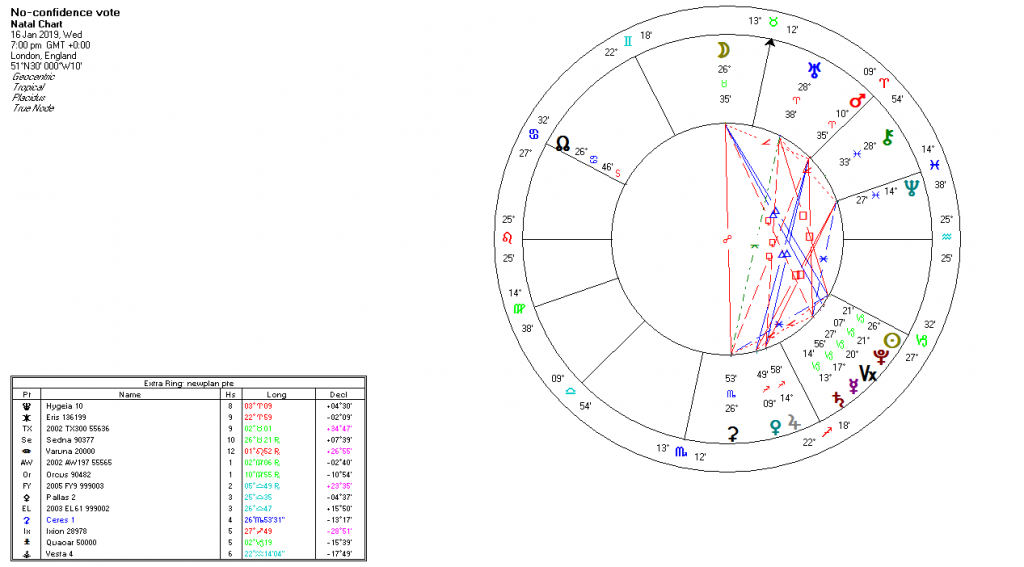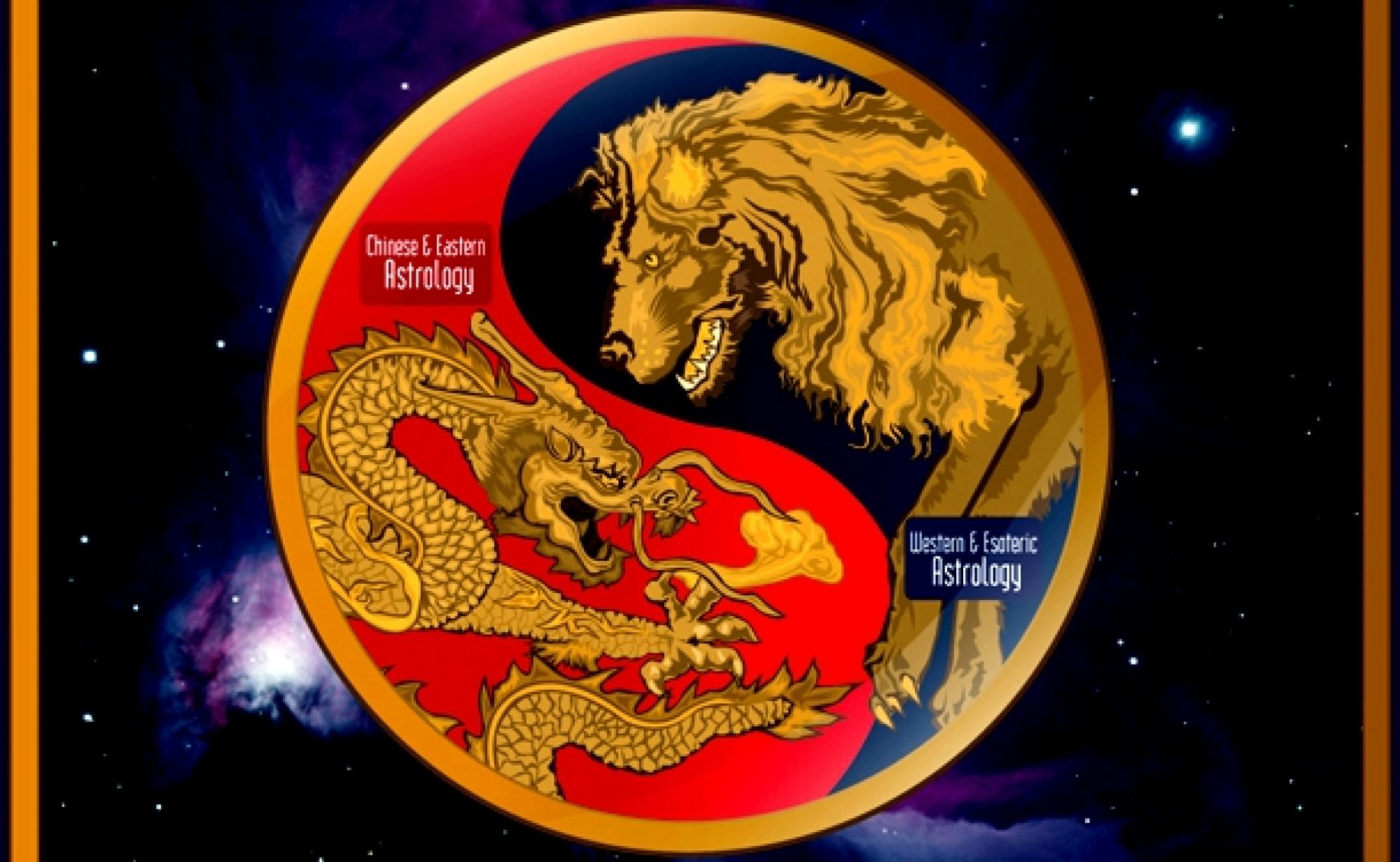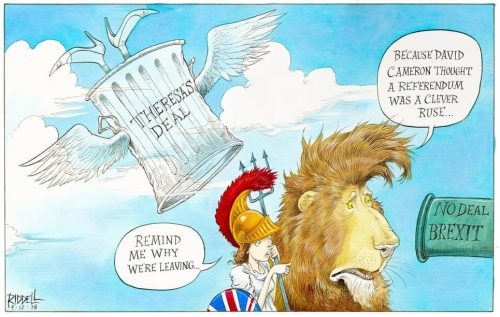On the evening of 15 Jan 19 the sitting British government suffered its worst defeat in a House of Commons vote – ever. In a resounding rejection of Theresa May’s Brexit deal, the House voted it down by a margin of 230 votes, the largest since 1924. In fact, the three next-largest defeats were all in 1924. Two of those were on the same day and related to the Campbell case, the third relating to the defeat of a motion on Housing Bill on 3, all three under the first Labour government in Britain. The magnitude of May’s loss points to the divisiveness of the Brexit debate ongoing in the UK. Immediately after the vote was announced, the Labor leader Jeremy Corbyn tabled a motion for a vote of no confidence in the government, which was accepted. That vote is scheduled for tonight at around 6:00 PM. If she survives the vote, which is expected, then the government will have to come up with a ‘Plan B’ for debate and a vote on Monday, the day of the full moon/eclipse, and it should be no less interesting that yesterday’s vote.
As stated, the vote of no confidence, which would result in formation of a new government in the UK, is expected to fail also. There is too much at stake for conservatives to vote against Theresa May now, as the great fear for them is a loss to Labour in a general election. The Tories are the only ones allowed to vote. However, if one is thinking a Labour government would mean a cancellation of Brexit or a People’s Vote, that would be wishful thinking. We will get to why in a bit. But first to the vote last night, which has started all this. It turns out that this was a turning point for the UK. Everything is left up in the air now. Will there be Brexit, will it be cancelled, will there be a People’s Vote, will Article 50 be extended, or will Brexit take another form, like a ‘Norwegian’ or ‘Canadian’ model? Let’s first have a look at the chart of the vote for the deal itself. The chart is below (bigger):
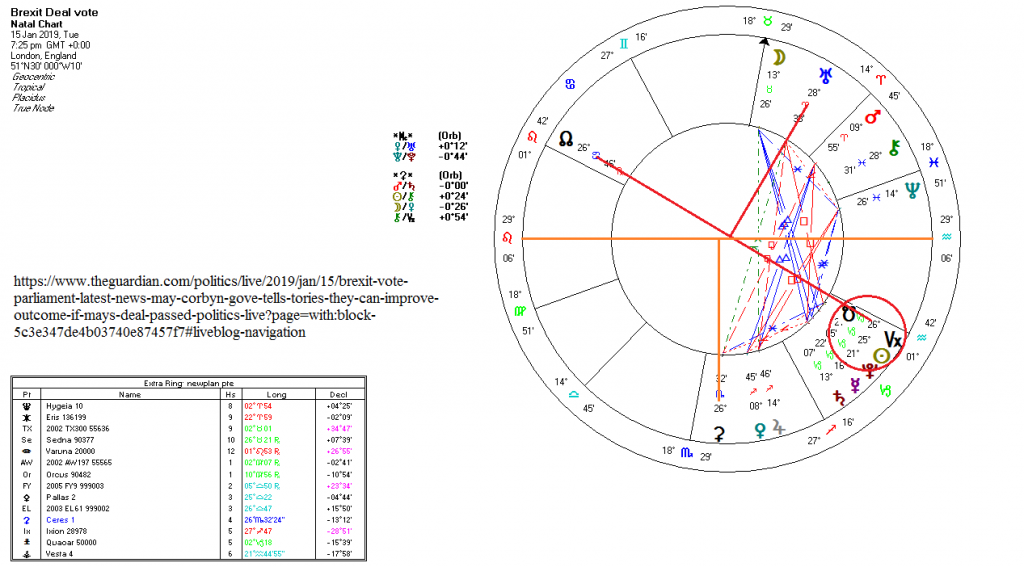
There are several features of immediate note. Firstly, the vote took place at the start of a moon wobble – exact on the 17th – with Uranus forming the apex of a t-square with the nodal axis and with the Sun on the south node. The south node and Sun are also on the Vertex. The latter points to an old score that is up for review, with a new perspective in the offing. The latter is reinforced by the square of Uranus. There was bound to be an upset. The vote was for May’s Brexit deal, and as was fully expected, it failed the vote. What was unexpected was the scale of the upset. The scale of the upset was indicated by several factors, starting with the Venus/Jupiter conjunction in the 4th house (opposition parties) being square to Neptune (uncertainty) placed in the 7th house (litigation, debate, etc.). The Venus/Jupiter conjunction was trine to Mars, the latter from the 8th house (change and transformation), which inflamed the situation. If there had not been the Neptune square nor the moon wobble, then chances are the deal might have barely passed or the damage not so great, but all these factors must be placed in context with each other.
That Mars is of particular interest to this vote, as it is also square to Saturn, which can indicate overconfidence and bad decisions, as well as a fall from grace. The midpoint to that square is exactly squared by Ceres, and that shows the turning point, especially as Ceres is square the horizon axis. The Mars/Saturn midpoint is sometimes called the ‘death axis’. Ceres can have a Pluto-like quality, and it is also involved in Pluto’s mythology. As such it was part of the myth as to why the seasons change, and there is a reference to ‘wailing at the crossroads’ in that myth as well. This is all in addition to what Ceres is normally given to represent, which is nurturing, home and hearth and bread. In this instance, it indicates the death of an initiative, or a turning point in an initiative, and being square to the horizon, the more stressful aspects of Ceres are more liable to show through. I have often seen Ceres significantly placed in the charts of major events, especially those which cause a re-think of direction. That would certainly appear to be the case here.
The preceding points are the main dynamics of the vote chart. Now, if we put that chart together with the chart of the UK, and looking only at transits, then events take on an even more interesting tone. That chart is below (bigger):
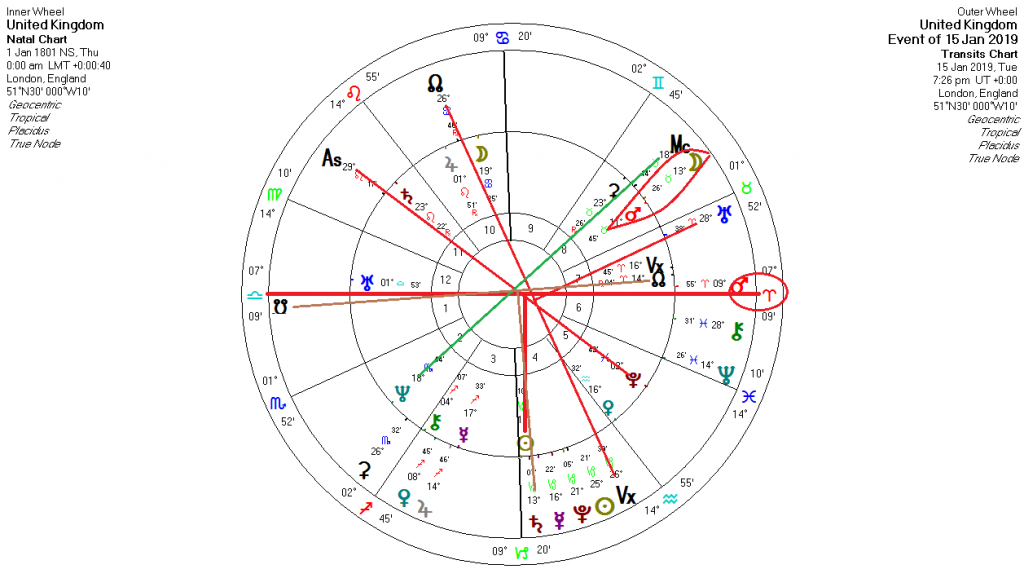
The most outstanding feature of the synastry chart, keeping in mind that Pluto is one the UK Ascendant by solar arc, is transiting Mars on the Descendant, square the UK Sun and opposing the solar arc of Pluto. There was bound to be trouble in chambers. The Descendant marked the litigious atmosphere. It was also square the meridian axis, highlighting the conflict between the ‘fors’ and ‘againsts’ of the deal. Transiting Saturn was square the UK nodal axis, which pointed to the great difficulties in agreeing to anything. It was also transiting the 4th house, with many conservative (Saturn) MPs opposed to the deal. The Ascendant at the time of the vote was opposite the UK Pluto, bringing up the undercurrents of the MPs’ thinking and laying everything pretty well bare. And the Midheaven of the vote was exactly square the UK Neptune. May’s deal didn’t stand a snowball’s chance of passing. The MC opposite Neptune also brought about the no-confidence motion, along with the moon wobble dynamics discussed previously. And now she faces the no-confidence vote. That chart is below (bigger). This time the Moon, ruling the UK 10th house (sitting government) is trine the transiting Sun in the vote chart. More likely than not she will survive the vote, but we can probably still expect surprises and upsets along other lines. More later…
